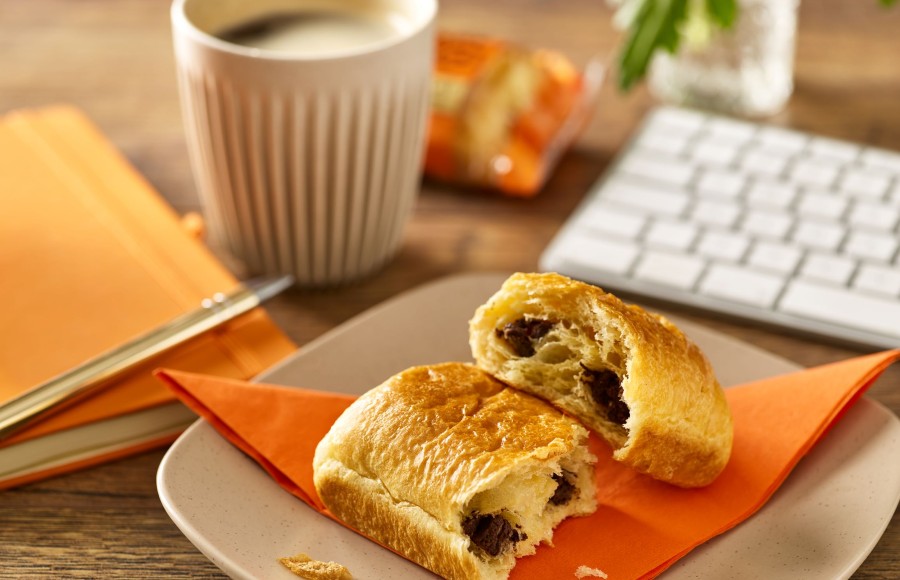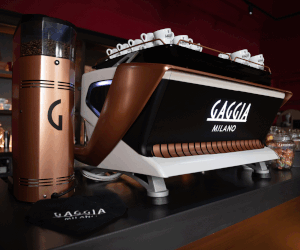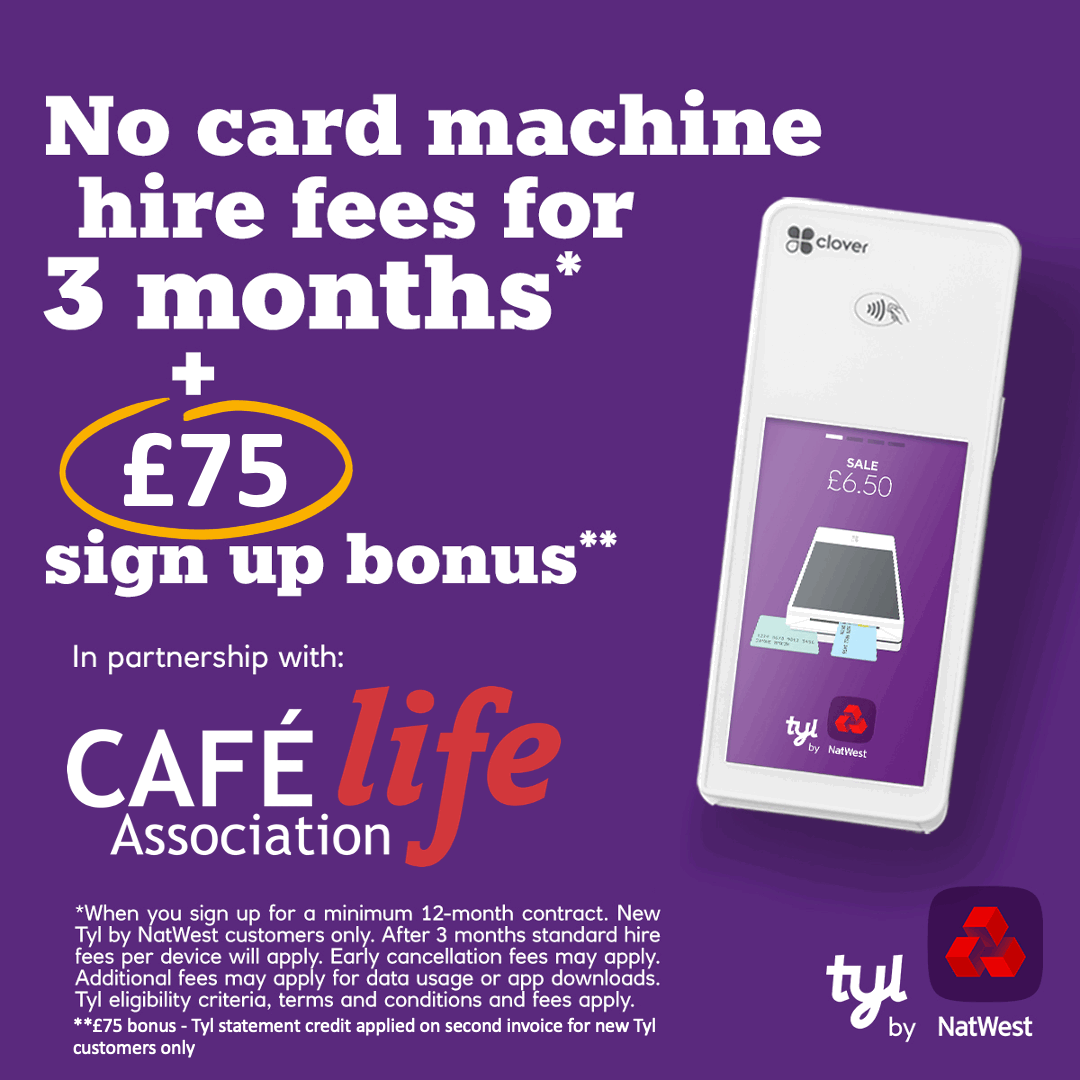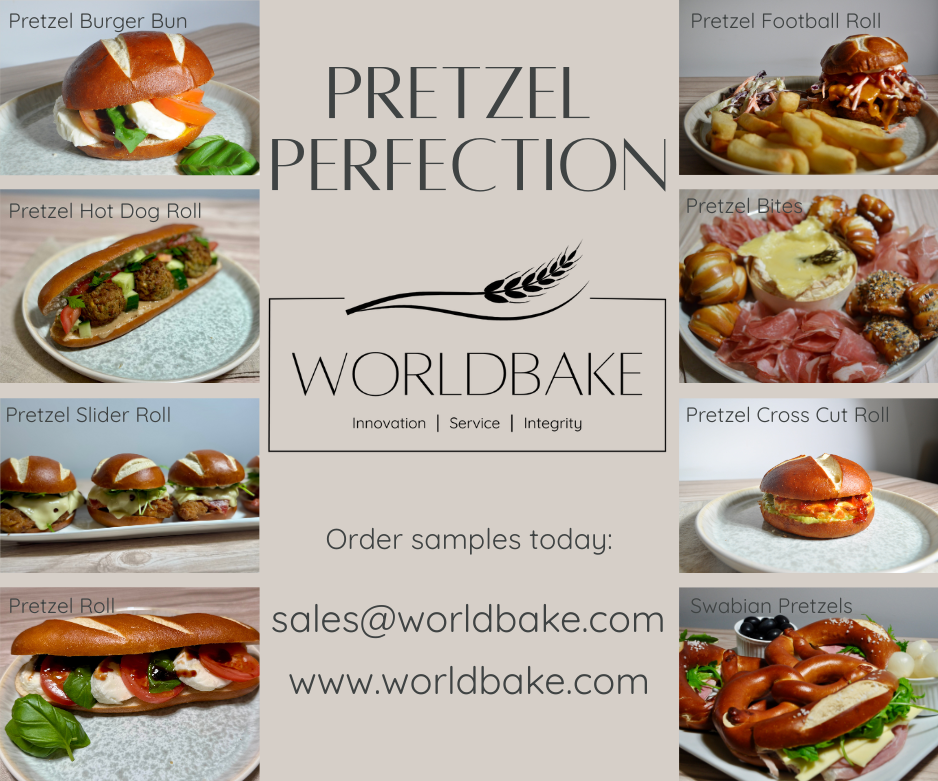Scott Oakes is commercial manager for St. Pierre, a UK-based European bakery brand. Here he talks about the impact of coronavirus on the food to go category, how it has shaped new product development, and how cafés can drive impulse purchases in these challenging times.
How has the coronavirus pandemic impacted specific food trends?
The biggest impact we’ve seen has been on food (and drink) to go – which is perhaps no surprise considering the way in which many operators have been forced to pivot and develop a better takeaway service during COVID-19 restrictions.
Kantar figures show that there was a 13% rise in take-home hot beverages in the 12 weeks to 12 July, which goes some way to show the popularity of takeaway purchases during the lockdown period. But demand has remained strong since the re-opening of cafés, coffee shops and QSR outlets too – for busy consumers and time-pressured workers, the chance to grab and go is often a welcome one.
How can you support cafés during this time?
Cafés have been under immense pressure in recent months, whether that is due to enforced closures, staffing concerns or the additional measures needed to ensure a COVID-secure environment. However, through all of this they have also been a source of familiarity and a much-needed sense of normality for customers.
We are constantly working with our café sector customers to help drive sales, providing both the products and the market insight they need to maximise the opportunity. For example, we have identified research which shows that 42% of all people who ‘sat in’ at a coffee shop or sandwich bar last year ate food with their drink. For takeaway customers, this figure falls to 36%, which means almost two thirds (64%) opted for just a drink on the move, according to Statista data. Clearly, the key for any caterer, particularly in the current climate, is to increase the number of customers buying food with a takeaway hot beverage.
Has COVID-19 affected your own strategy?
Undoubtedly, yes. For many years, the foodservice sector has been a key area of focus for St. Pierre and we’ve developed a portfolio of products which reflect this. Before the outbreak of COVID-19, foodservice accounted for 30% of the St Pierre Groupe UK business and I joined the business at the beginning of the year to help drive this offering.
In March, when the lockdown came into effect, food service dropped to around 11% of the total UK business, but we have recovered strongly. Thanks to a strategic focus and some key product launches into the sector, we have been able to maintain a steady rate of growth since June - and in August 2020, foodservice accounted for 34% of the UK business – stronger than it’s ever been.
What products have you launched and why?
We recently launched a range of six individually wrapped bakery treats to the foodservice sector - Butter Croissant, Chocolate Filled Croissant, Pain au Chocolat, Caramel Waffles, Millionaires Waffle and Brioche Waffle.
The strategy was simple. We’ve seen the growth in food to go (which is now an estimated £21.2 billion market according to MCA data) and the importance of convenience for customers in the post-COVID era. There is also a greater focus on hygiene, for obvious reasons, and individually wrapped products have proved especially popular since outlets have reopened from COVID-19 enforced closures.
These products, which were already proven in the retail market, support all of those trends. With an RRP of just £1 each, they are a quick and simple impulse purchase for time-pressured consumers who are increasingly choosing to grab breakfast, snacks and lunch on the go. All of this, of course, makes them a real margin-booster for cafes and coffee shops at the point of sale.
How can cafés drive impulse purchases?
The key to maximising profit lies in driving efficiency in terms of both the time it takes staff to prep/serve and in minimising food waste.
Frozen products can bring challenges in trying to achieve consistent results, particularly when they need thawing and heating. It can increase wastage (and reduce profits) if thawed products are not sold, and some caterers find that the quality is affected on the first or second thaw too.
In contrast, ambient products like our individually wrapped range, for example, give caterers the opportunity to maintain quality whilst reducing cost, risk of damage and service time when compared with frozen bakery products.
There is no need to thaw and serve, and no risk of impacting quality by refreezing products. Crucially, they also give caterers the chance to free up freezer space for higher margin products such as meats or premium desserts.
For more information visit www.stpierrebakery.co.uk.
